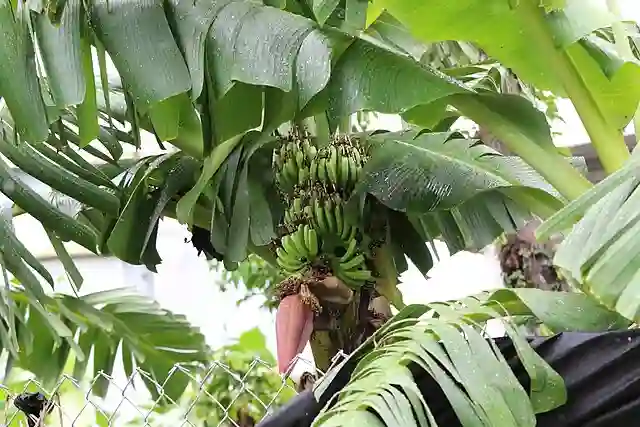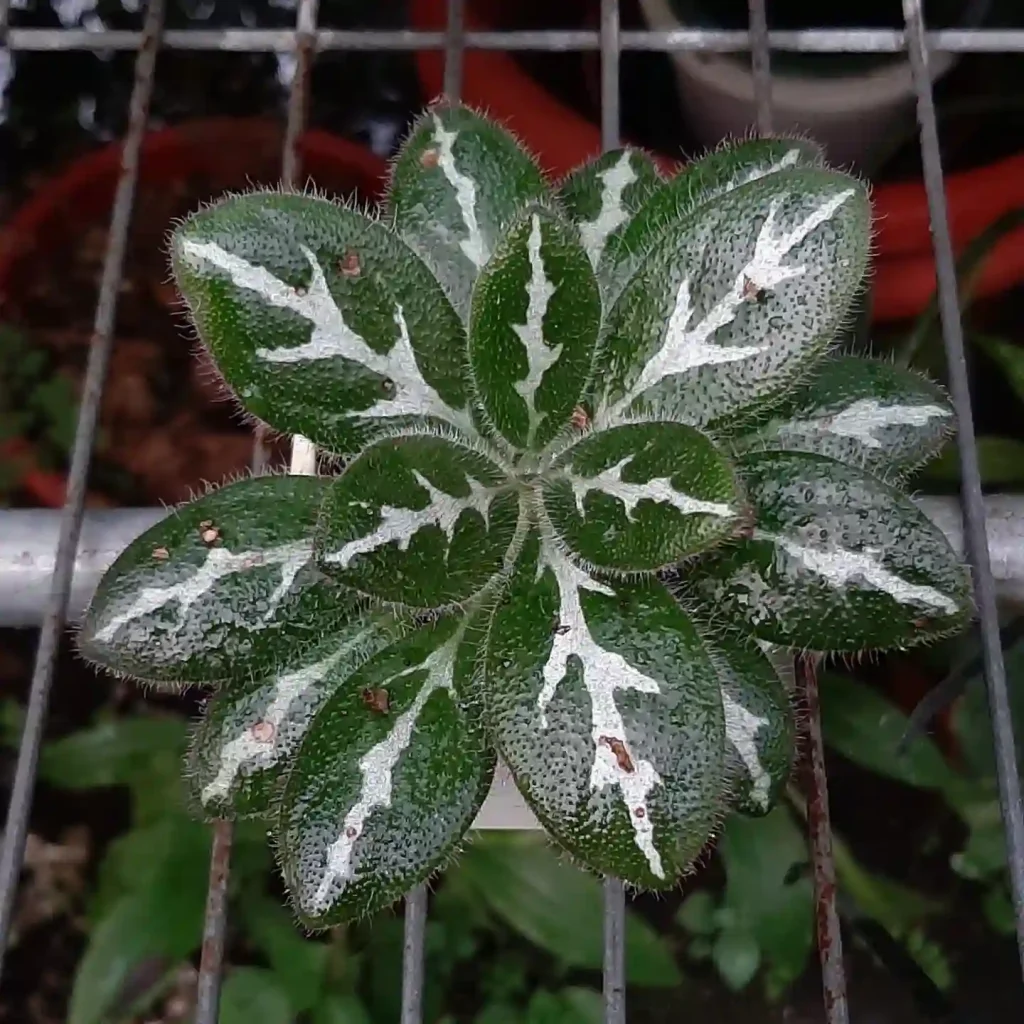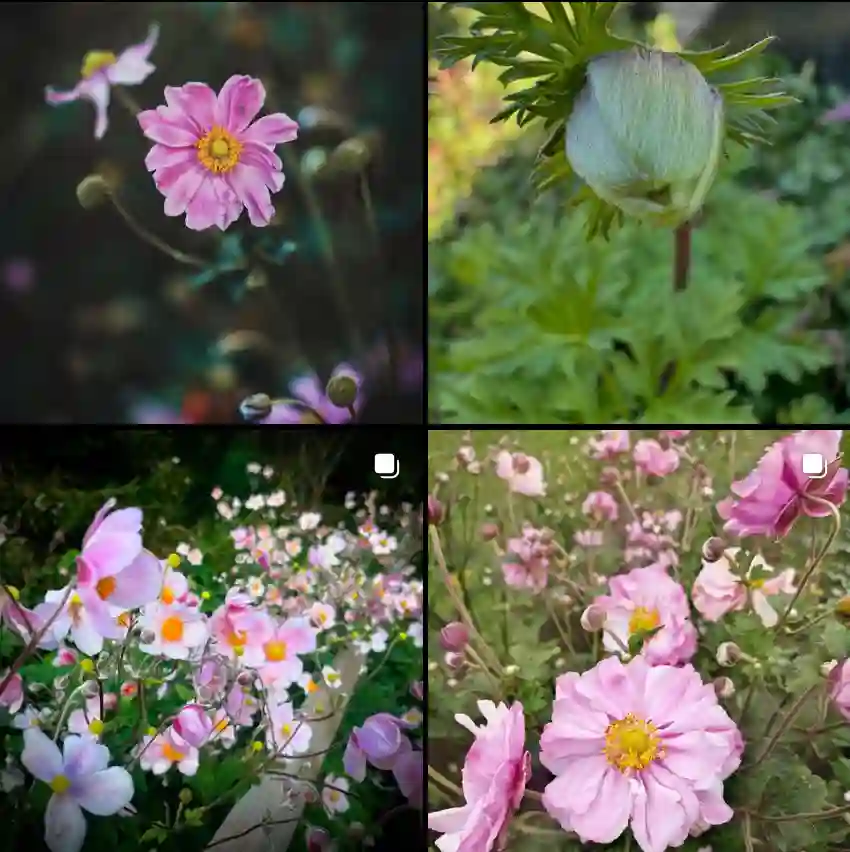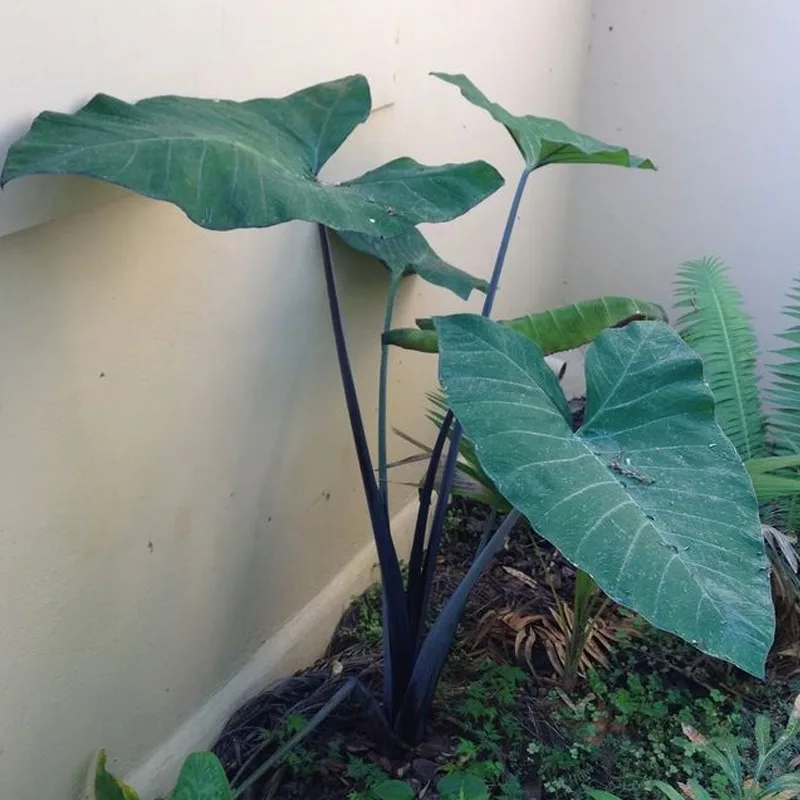
Is Viburnum plicatum evergreen?
Viburnum plicatum is actually not an evergreen plant. I’ve noticed that it loses its leaves in the winter, which is typical for deciduous shrubs. During the growing season, it has beautiful green foliage that changes to lovely hues of red and purple in the fall. I enjoy watching this transformation in my garden every year.
206 Species in Genus Viburnum
Do deer eat Viburnum plicatum?
From my experience, deer do seem to find Viburnum plicatum quite appetizing. There have been a few mornings where I’ve gone out to the garden only to find the lower branches nibbled away. It can be frustrating because they seem to prefer the fresh, tender growth, which can set back the plant’s development if they eat too much.
How to grow Viburnum plicatum?
Here’s a step-by-step guide:
1. Choosing the Right Location
- Sunlight: Viburnum plicatum thrives in full sun to partial shade. Aim for at least 4-6 hours of direct sunlight daily.
- Space: Ensure you have enough space for the plant to grow, as it can reach up to 10-15 feet in height and spread.
2. Soil Preparation
- Type: Prefers well-drained, fertile soil. It can tolerate a range of soil types, including loamy, sandy, and clay soils, but good drainage is crucial.
- pH: The ideal soil pH is slightly acidic to neutral (around 5.5 to 6.5).
3. Planting
- Timing: Plant Viburnum plicatum in spring or fall when the temperatures are moderate.
- Digging the Hole: Dig a hole twice the width of the root ball and about the same depth as the root ball. This ensures the roots have enough space to spread.
- Planting: Place the plant in the hole, ensuring the top of the root ball is level with the surrounding soil. Backfill the hole with the excavated soil, pressing down gently to eliminate air pockets.
4. Watering
- Initial Watering: Water the plant thoroughly after planting to settle the soil around the roots.
- Regular Watering: Keep the soil consistently moist but not waterlogged. Water deeply at least once a week, more often during dry spells.
5. Mulching
- Apply a 2-3 inch layer of mulch around the base of the plant to help retain moisture, regulate soil temperature, and suppress weeds. Keep mulch a few inches away from the trunk to prevent rot.
6. Fertilizing
- Timing: Fertilize in early spring before new growth begins.
- Type: Use a balanced, slow-release fertilizer or a fertilizer specifically formulated for shrubs.
- Application: Follow the instructions on the fertilizer package for the correct amount and application method.
7. Pest and Disease Control
- Pests: Watch for aphids, spider mites, and viburnum leaf beetles. Treat infestations promptly with insecticidal soap or horticultural oil.
- Diseases: Ensure good air circulation around the plant to prevent fungal diseases like powdery mildew and leaf spot. If disease occurs, remove affected foliage and use appropriate fungicides if necessary.
8. General Care
- Monitoring: Regularly check the plant for signs of stress, disease, or pests.
- Winter Care: In colder climates, protect the roots with an additional layer of mulch in late fall to insulate against freezing temperatures.
How to prune Viburnum plicatum?
Pruning Viburnum plicatum has become a bit of a ritual for me. I usually do it right after the plant finishes flowering, around late spring or early summer. I focus on removing any dead or crossing branches to maintain a nice shape and encourage healthy growth. It’s important not to prune too late in the season because that can affect next year’s blooms.
Is Viburnum plicatum poisonous to dogs?
I was concerned about whether Viburnum plicatum might be poisonous to dogs since I have a curious pup that loves exploring the garden. After doing some research, I found out that it’s generally considered non-toxic to dogs. However, I still keep an eye on my dog to make sure she doesn’t chew on the plants too much, just to be safe.
When to prune Viburnum plicatum?
Timing is crucial when it comes to pruning Viburnum plicatum. I usually prune it right after it flowers, which is typically in late spring or early summer. This timing helps ensure that I don’t cut off the buds that will produce the next year’s flowers. Pruning too late in the season can interfere with the plant’s blooming cycle, which is something I’ve learned to avoid.
Where does Viburnum plicatum grow?
Viburnum plicatum grows quite well in my area, which has a temperate climate. It seems to thrive in USDA hardiness zones 5 to 8. I’ve planted it in a spot that gets a good mix of sun and shade throughout the day, and it has been quite happy there. Seeing it flourish and adapt to my garden conditions has been really satisfying.
If i die, water my plants!



